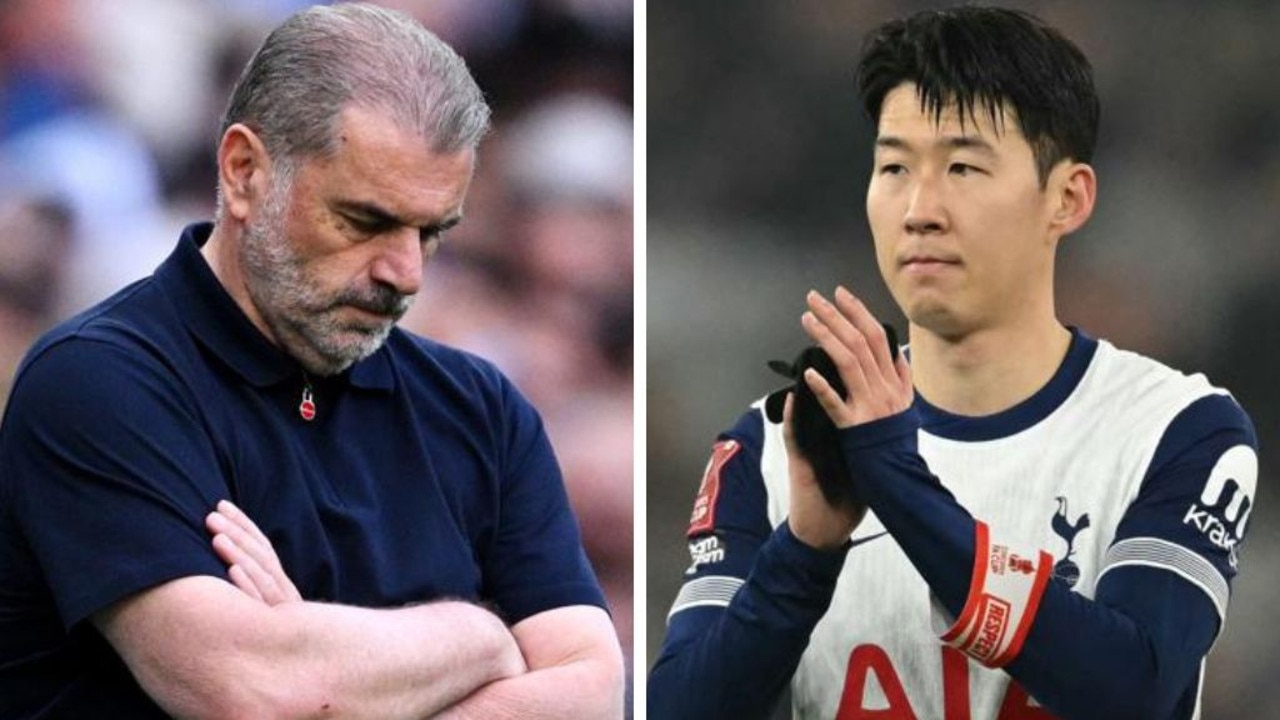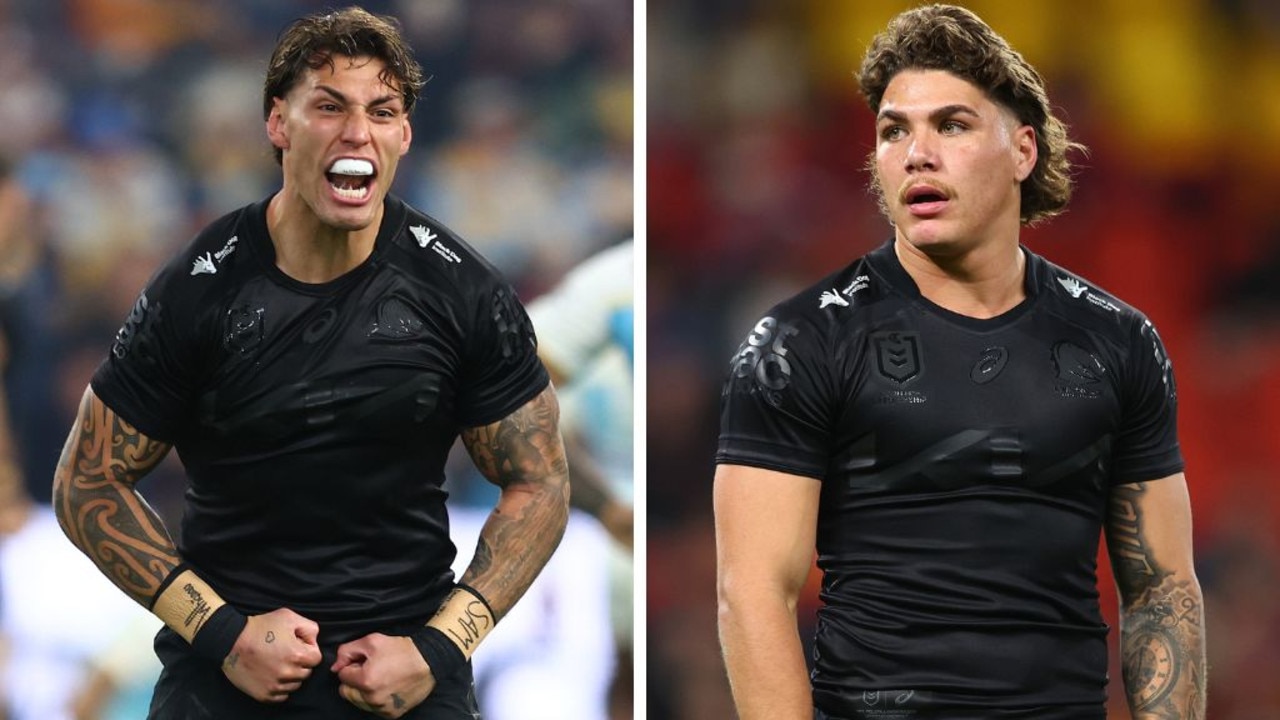Do private school students make better AFL footballers than kids from public schools?
IT’S the question facing parents and AFL recruiters, and this week Melbourne cult figure Max Gawn turned the spotlight back on the public v private school debate.
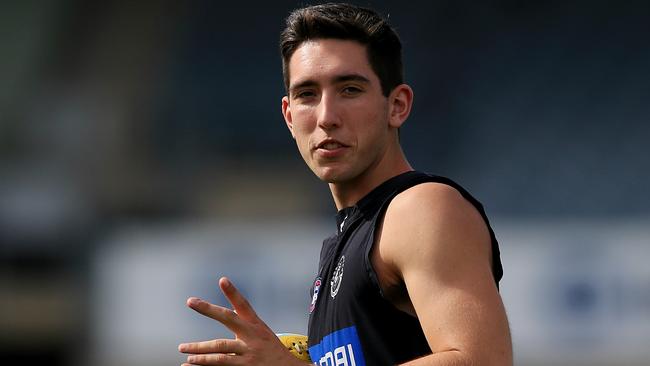
Sport
Don't miss out on the headlines from Sport. Followed categories will be added to My News.
PRIVATE or public?
It’s the argument parents of schoolchildren have long engaged in and Melbourne ruckman Max Gawn put an AFL spin on the issue this week.
Private schoolboys, Gawn said, enter the elite system better prepared for the professionalism the AFL environment demands.
“When I first got to the football club it was a very professional environment and I was a long way behind for those first couple of years,” said Gawn, who attended McKinnon Secondary College.
“Slowly I got there ... but no-one can predict what AFL footy is going to be like.
“I use the analogy of private school versus public school. There’s not many public school boys in the AFL — there’s probably only four or five at our club at the moment.
“The difference is that private school kids are brought up in that professional environment.”
Seven of the past 10 No. 1 national draft picks have been private schoolboys, with three from the public system and another from a Catholic school. Four of the past five No. 1s — Jacob Weitering, Paddy McCartin, Tom Boyd and Lachie Whitfield — were private schoolboys.
They join some of the AFL’s elite, including Todd Goldstein (Trinity Grammar), Cyril Rioli (Scotch College), Dan Hannebery (Xavier College), Tom Hawkins (Melbourne Grammar), Trent Cotchin (Penleigh and Essendon Grammar School) and Andrew Gaff (Carey Grammar).
Then again, there will always be exceptions.
Warwick Capper was a Brighton Grammar alumni, the school which recently produced impressive Giant Josh Kelly and Demons Christian Salem and Jayden Hunt.
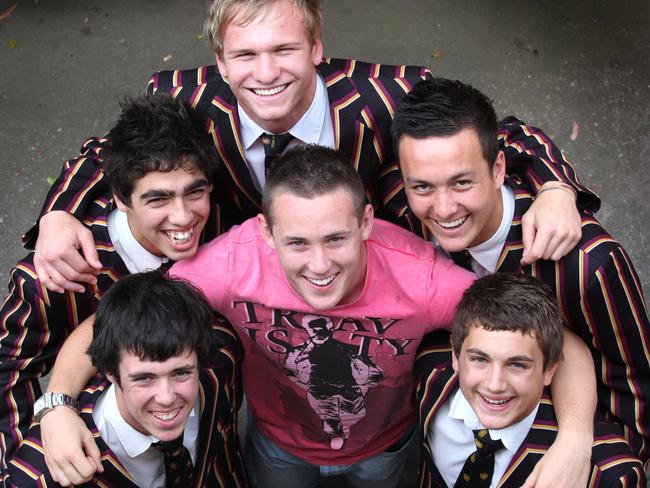
Highly-regarded former recruiter Gary Buckenara says boys who attend private schools and have been identified as being elite talent are effectively immersed in two football programs — at school and with a TAC Cup team.
He says that definitely gives them an edge, better preparing them for the fulltime environment — from training to team meetings — of an AFL club.
“Going through that probably gives those kids who can afford to go to private schools a bit more over the public school system because there aren’t those systems in place because of the money,” Buckenara said.
“Generally the kids who are a bit better will go through the talent pathway system through TAC Cup from 16, so they’ll also have three or so years of that plus the AIS program.
“The TAC is very, very good but I guess the private school kids get a little bit more because it’s a bit more in their face — they’re doing more (footy) during the day as well as well as going to TAC.”
Buckenara, who was Hawthorn’s sole fulltime recruiter in 2004 when the Hawks drafted Lance Franklin, Jarryd Roughead and Jordan Lewis, helped put the club’s three-peat list together.
He believes the academic demands and structure in place in a private school also play a role.
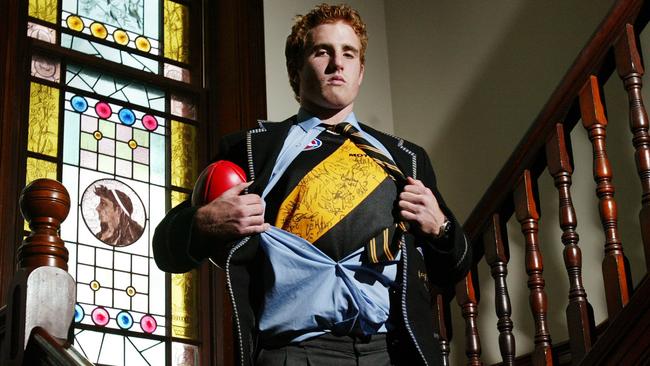
Buckenara says one of the big challenges facing draftees and young players is the ability to process and learn from all the knowledge supplied by clubs.
“The concentration factor comes into it because one of the hardest things for young players is that they are receiving so much information,” he said.
“Clubs must have good processes to pick those kids that come up into team meetings and can explain (what was said) afterwards because a lot of them won’t understand what’s being talked about and they won’t put their hand up to say they don’t understand.
“That can be pretty daunting for a young player who goes into that system and tries to wing it in terms of what they understand.
“That’s where the welfare and coaches play a big role in clubs in being able to grab those kids one-on-one and make sure they understand.
“Being prepared for a lot of that stuff compared to someone who doesn’t have that grounding can find it hard to take in all that information.”
But Buckenara says if a club is choosing between two players at the draft table, the school they attended won’t be a factor in the decision to take one over the other.
“Footballers are footballers, you take them on their merits,” he said.
“As a recruiter you’re still looking for the best footballers — you do your background searches, do a lot of interviews with them and who know them and do your due diligence to find out the likelihood of them being able to cope in your environment with your coaches and development coaches.
“If there is a line ball between two players you wouldn’t choose based on this kid went to a private school or this one went to a public school. You choose it on the facts and what you’re looking for.”
SCHOOLYARD STARS
Past 10 AFL national draft No. 1 picks and their school.
2006 Bryce Gibbs — Brighton Secondary School, Adelaide. Public.
2007 Matthew Kreuzer — Loyola College. Private.
2008 Jack Watts — Brighton Grammar. Private.
2009 Tom Scully — Haileybury. Private.
2010 David Swallow — Rossmoyne Senior High, Perth. Public.
2011 Jon Patton — Rowville Secondary. Public.
2012 Lachie Whitfield — The Peninsula School. Private.
2013 Tom Boyd — Luther College. Private.
2014 Paddy McCartin — Geelong Grammar. Private.
2015 Jacob Weitering — The Peninsula School. Private.
Originally published as Do private school students make better AFL footballers than kids from public schools?


 One of the hardest things for young players is that they are receiving so much information.
One of the hardest things for young players is that they are receiving so much information. 


